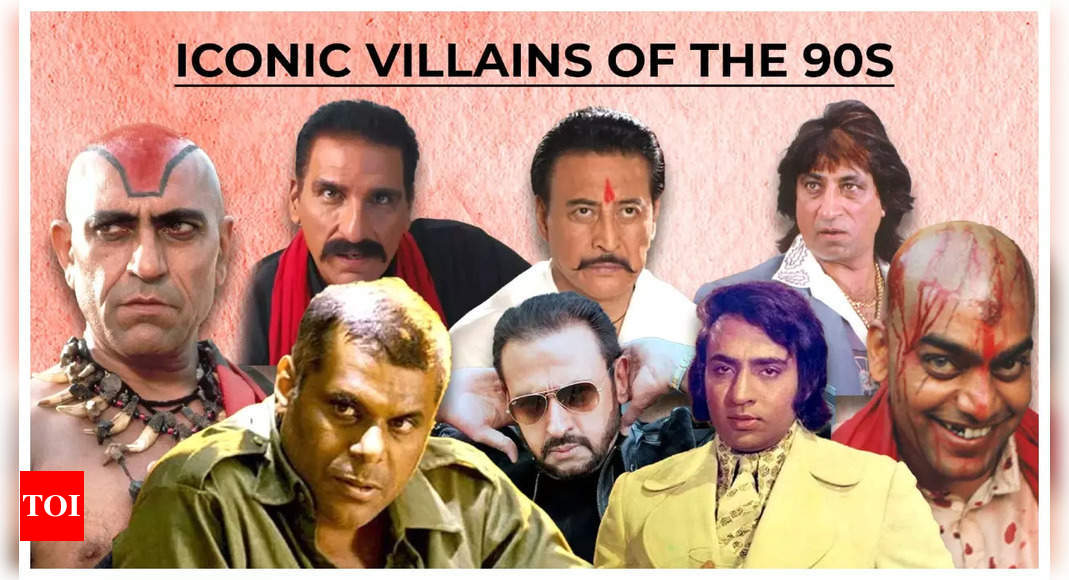
Villains of this era were no longer just antagonists with a simplistic evil agenda. They became more complex, with psychological depth and multifaceted motivations. The 90s villains often had a personal vendetta or a deep-seated grudge, which made their actions more relatable and their characters more engaging.
This transformation can be attributed to the changing tastes of audiences and the evolving narrative styles of Bollywood films. Filmmakers began to explore darker themes and morally ambiguous characters, leading to the creation of villains who were both captivating and formidable. These characters were often portrayed by some of the most talented actors of the time, who brought a unique blend of charisma, menace, and depth to their roles.
The 90s heralded a more sophisticated portrayal of villains in Bollywood, moving beyond the one-dimensional evil for evil’s sake. These antagonists had backstories, personal conflicts, and complex relationships with the protagonists, adding depth to the narratives. With a blend of charisma, diabolical plans, and intense performances, these iconic villains left a lasting impact on the industry. This feature explores the unforgettable antagonists of that era, their influence on cinema, and the evolution of their portrayal over the years.
Amrish Puri
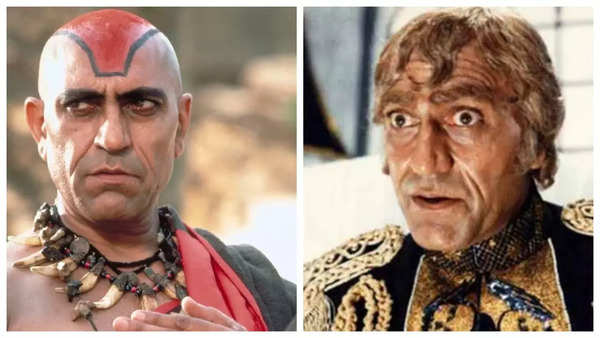
Amrish Puri is celebrated as one of Bollywood’s most iconic villains. His deep, commanding voice and formidable screen presence made him a perfect fit for a wide range of villainous roles. Puri portrayed memorable characters such as the oppressive Thakur in ‘Karan Arjun’ and the sinister cult leader Mola Ram in ‘Indiana Jones and the Temple of Doom.’ However, it was his role as Mogambo in ‘Mr India that truly defined his legacy. The character’s catchphrase, “Mogambo khush hua,” became legendary, encapsulating Puri’s ability to leave a lasting impact on audiences and solidifying his status as a quintessential villain in Indian cinema.
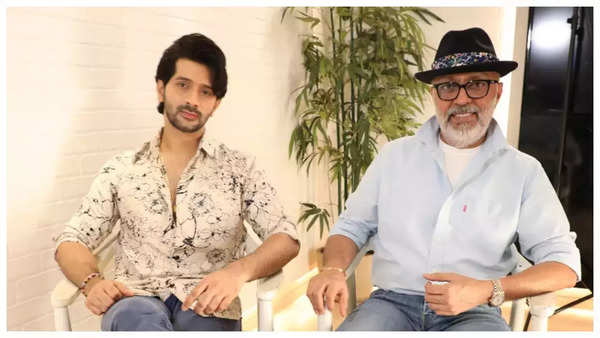
While the legendary actor is no longer amongst us, we got in touch with his grandson Vardhaan Puri who grew up watching his grandfather in action before the camera. Speaking highly about him, the young actor said, “I don’t think he’s only the most iconic villain, but I also believe he’s been one of the most iconic character actors in the world. What made him so successful and relevant even today is his conviction in every role. He never second-guessed himself. His conviction was paramount, and he would fully integrate with the vision of the director, writer, and filmmaker, becoming one with the character. That conviction is what made him so significant.”
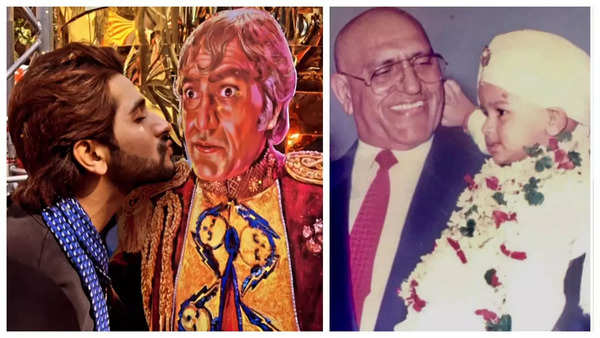
Shedding some light on the evolution of antagonists in Bollywood films, Vardhaan shared, “The portrayal of villainous roles has been evolving. Earlier, villains used to be larger than life and more magnanimous. Now, they have become more real. The focus has shifted from them being grand figures trying to dominate the world to becoming villains within our own households, within our own families. They have become more nuanced, more real, and more believable. But I also really miss that larger-than-life villain because there was something magical about that. I think that kind of villain is making a comeback, and that’s fantastic for our film industry.”
Remembering AMRISH PURI & His ICONIC Characters With Vardhan & Rajeev Puri | Gadar | Interview
Gulshan Grover
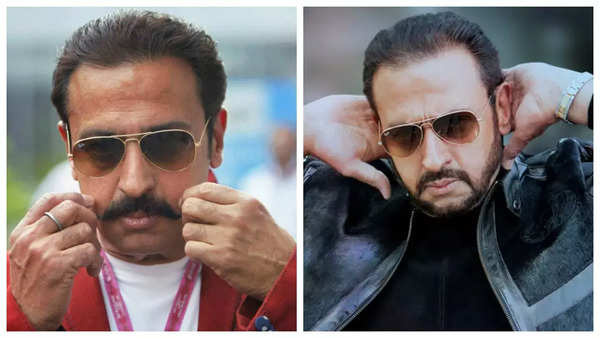
Gulshan Grover earned the nickname ‘Bad Man’ due to his numerous roles as a villain. Known for his versatility and unique style, Grover portrayed a range of characters, from the suave, cunning Kesariya Vilayati in ‘Ram Lakhan’ to the psychopathic rapist in ‘Sadma.’ His portrayal often included eccentric hairstyles and costumes, which made his characters stand out. Grover’s contribution to the portrayal of villains in Bollywood is marked by his ability to mix menace with a touch of humor, making his roles memorable.
Shakti Kapoor
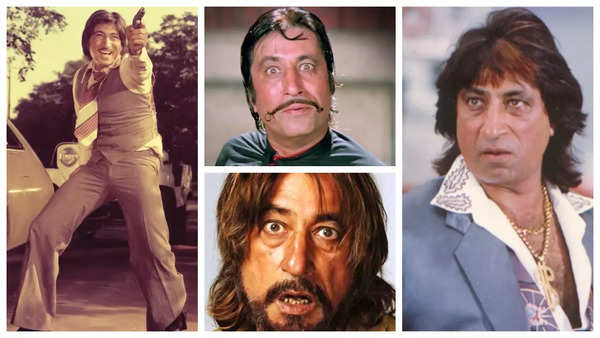
Shakti Kapoor’s career in the 90s was a blend of villainy and comedy. Known for his roles in movies like ‘Raja Babu’ and ‘Andaz Apna Apna,’ Kapoor often played the quintessential henchman or the main villain’s comedic sidekick. His portrayal of the lecherous Crime Master Gogo in ‘Andaz Apna Apna’ became iconic, showcasing his ability to balance humor with his traditionally villainous roles. Kapoor’s work from this era highlights the trend of blending villainy with comedy in Bollywood films.
Reflecting on his roles as a villain in the 90s, the iconic star shared his thoughts on the evolution of antagonists in Bollywood films. He said, “Now, we don’t have iconic villains like we used to in the 90s. Back then, films typically featured a hero, a heroine, a comedian, a vamp, and a villain—each role was almost compulsory. Now, things have changed. A hero often takes on the role of a villain, and the character’s backstory is explored, explaining why they became a villain. Similarly, roles traditionally seen as vamps are portrayed by heroines, and these characters often have positive aspects. People still remember the villains of the 90s vividly and miss them, but they might make a comeback.”
When asked what, according to him, were the key factors that made the villains of the 90s so memorable, Shakti added, “They possessed a certain mannerism and were portrayed as larger-than-life figures. They had distinctive getups and dialogues, establishing a unique class of their own. The heroes in the films were often afraid of them. In the end, the hero would usually defeat the villain. The audience would eagerly wait for the villain to appear and create the necessary drama in the plot. I feel like these iconic villains will return soon, and once again, we’ll hear the hoots and claps in theaters for them, just like before.”
Danny Denzongpa

Danny Denzongpa gained recognition for his intense and chilling villainous roles. His portrayal of Kancha Cheena in “Agneepath” stands out as a memorable example, showcasing a character that was both ruthless and sophisticated. Denzongpa often portrayed villains with complex motivations and backgrounds, adding depth to his roles. His strong screen presence, often conveyed through minimal dialogue and powerful facial expressions, established him as a standout villain in Bollywood during that era.
Ranjeet
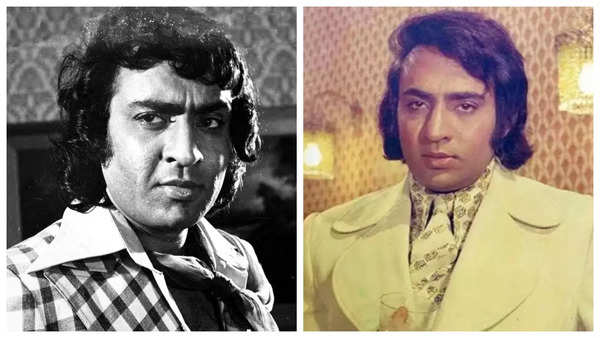
Ranjeet, often typecast as the villainous henchman, became notorious for his roles in films like ‘Laawaris’ and ‘Namak Haraam.’ Known for playing morally corrupt characters, Ranjeet’s roles often involved violence and exploitation, making him one of the most recognizable villains in Bollywood. His portrayal of negative characters was marked by a distinctive style that combined intimidation with a certain charisma, making him a fixture in Bollywood’s villain hierarchy.
Ashutosh Rana
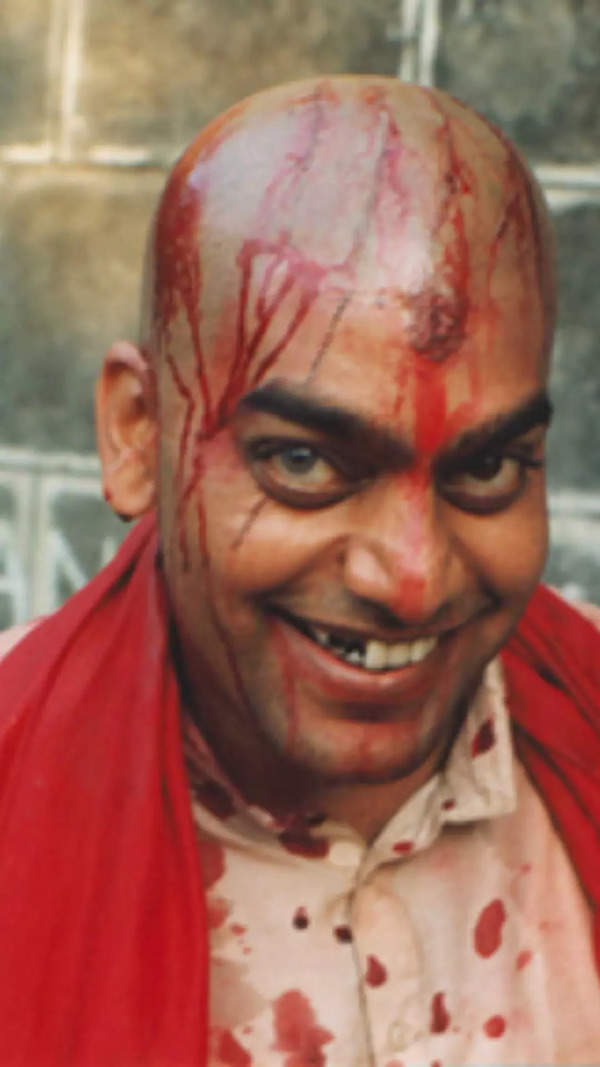
Ashutosh Rana’s entry into Bollywood villainy was marked by intense performances in films like ‘Dushman’ and ‘Sangharsh.’ His portrayal of a psychopathic killer in ‘Dushman’ was particularly lauded for its chilling realism. Rana’s ability to bring a deep psychological layer to his characters set him apart from his contemporaries. His roles often explored the darker aspects of human nature, making his portrayals deeply impactful and memorable.
Mukesh Rishi
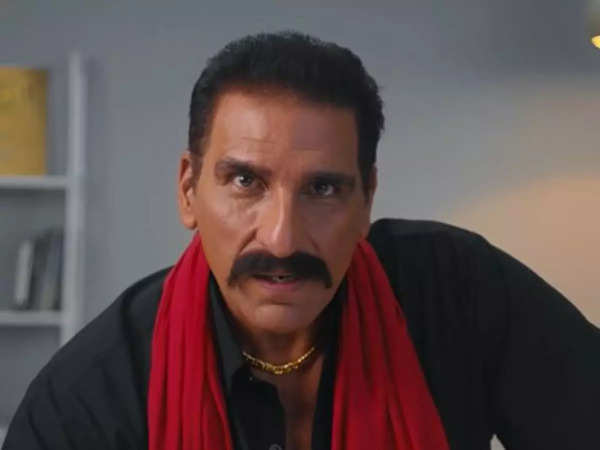
Mukesh Rishi became known for his roles as the quintessential tough guy or the main villain’s right-hand man. In films like ‘Sarfarosh’ and ‘Gunda,’ Rishi often played characters that were both menacing and complex. His physical presence and deep voice added to the menace of his roles, making him a popular choice for villainous parts in the 90s.
Ashish Vidyarthi
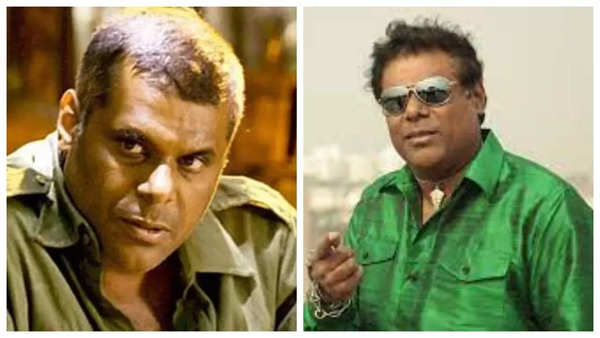
Ashish Vidyarthi is known for his nuanced portrayal of negative roles. In films like ‘Is Raat Ki Subah Nahin’ and ‘Baazi,’ Vidyarthi brought a depth to his characters that made them more than just one-dimensional villains. His performances often included a blend of intelligence and malevolence, making his roles stand out in the genre of Bollywood villains.
Key differences from the 90s era:
The most notable difference between 90s villains and today’s antagonists is the shift towards complexity and relatability. While 90s villains like Amrish Puri’s Mogambo or Gulshan Grover’s many iconic roles were larger-than-life and often caricatured, modern villains are portrayed with shades of grey, reflecting real-world complexities.
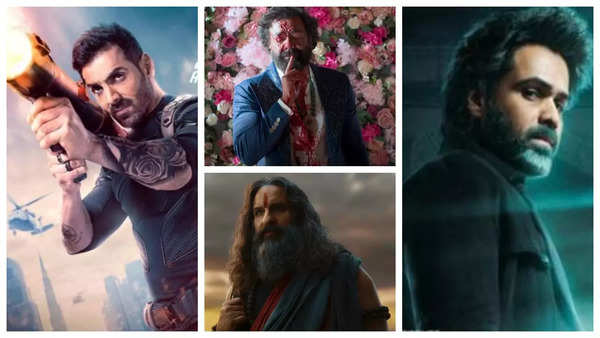
This evolution mirrors changes in society and storytelling, where audiences increasingly demand characters that are not just evil but are also understandable and, at times, sympathetic. The trend towards anti-heroes and morally ambiguous characters also reflects this change, as seen in Shah Rukh Khan’s roles in films like “Darr” and “Anjaam,” which paved the way for today’s nuanced portrayals.
New age villains:
John Abraham as Jim in ‘Pathaan’
John Abraham’s portrayal of Jim in ‘Pathaan’ marked a significant shift from the stereotypical villain. As a former soldier turned antagonist, Jim is complex and layered, driven by personal vendettas rather than mere greed or power. His performance added depth to the character, making the audience both understand and despise him.
Saif Ali Khan as Lankesh in ‘Adipurush’
Saif Ali Khan’s role as Lankesh (Ravana) in ‘Adipurush’ showcased a blend of traditional villainy with modern complexity. Despite the film’s mixed reception, Khan’s performance as a multifaceted antagonist brought a fresh take on the age-old mythological character, exploring his vulnerabilities and motivations beyond the archetype of evil.
Emraan Hashmi as Aatish in ‘Tiger 3’
Emraan Hashmi’s character Aatish in ‘Tiger 3’ represents a new kind of antagonist in Bollywood—rooted in real-world issues and modern geopolitics. As a Pakistani agent, Aatish’s character blurs the lines between hero and villain, embodying the complexities of global conflicts and personal loyalties.
Bobby Deol as Abrar in ‘Animal’
Bobby Deol’s role as Abrar in ‘Animal’ highlighted the trend of villains with strong backstories and personal motives. Abrar’s character, with his physical prowess and silent menace, stood out as a formidable presence, illustrating the shift towards more subtle and internalized forms of villainy.
Kumud Mishra as Suraj Singh in ‘Lust Stories 2’
Kumud Mishra’s portrayal of Suraj Singh, a morally corrupt and abusive character in ‘Lust Stories 2,’ reflects the trend of villains who are disturbingly realistic. Such portrayals challenge audiences to confront uncomfortable truths about society, moving away from the black-and-white morality of earlier decades.
End note:
The portrayal of villains in Bollywood has undergone a significant transformation from the 1990s to the present day. The 90s era, characterized by iconic villains like Amrish Puri’s Mogambo and Gulshan Grover’s ‘Bad Man,’ was marked by clear-cut antagonists who embodied evil in exaggerated, larger-than-life forms. These characters were essential in providing a moral contrast to the heroes, often depicted with flamboyant costumes and memorable catchphrases.
In contrast, today’s Bollywood villains are more nuanced and multi-dimensional. They often possess complex backstories and motivations, blurring the lines between good and evil. This shift reflects a broader trend in storytelling and audience preferences, where characters are increasingly expected to be relatable and multifaceted. Modern antagonists, such as those portrayed by John Abraham, Saif Ali Khan, and Emraan Hashmi, often grapple with personal dilemmas and societal issues, making them more realistic and, at times, sympathetic.
This evolution highlights Bollywood’s growing maturity in character development, moving away from simplistic moral dichotomies to explore the grey areas of human behavior. As society becomes more complex, so do its cinematic representations, mirroring real-world complexities and challenging audiences to rethink traditional notions of heroism and villainy.
Overall, the transition from the archetypal villains of the 90s to the intricate characters seen today marks a significant shift in Bollywood’s narrative landscape, reflecting changing societal values and the industry’s adaptation to contemporary storytelling demands.





